Halisahar – The erstwhile city of palaces
The history of Halisahar, a busy industrial town on the northern fringes of North 24-Parganas district of West Bengal, dates back to pre-Mughal days. The name Halisahar is apparently derived from “haveli ka sahar”, meaning the city of palaces.
Sadly, the havelis have not survived the test of time but a small terracotta temple complex still stands, despite centuries of neglect.
Halisahar is the birthplace of religious reformer Ramprasad Sen. A Kali temple built by him, which has been converted into a modern structure, gets lot of visitors throughout the year.
The complex, popularly known as Baranda Gali-r Shib Mandir, houses four temples, two of which have been restored by the state archaeology department.
To the left of the entrance lies the Nandakishore temple, the primary attraction in the compound. Built by local landlord Madangopal Roy in 1743, the temple has intricate terracotta panels.
The panel above the arched entrance contains an elaborate battle scene from the Ramayan, with an image of Garuda at the centre. The panels on the walls depict several deities including a multi-headed Shiva sitting on his bull Nandi.
The panels at the base of the temple are elaborate and depict battles and court scenes complete with horses, chariots and palanquins. However, vegetation has covered most of these panels.
The temple opposite the Nandakishore temple is similar in structure but contains only a few terracotta panels with floral and geometric motifs. The foundation slab is made of terracotta, unlike the marble plaque of the Nandakishore temple.
The other two temples in the complex are in ruins.
Craig Park, on the banks of the Hooghly, is a popular destination for tourists and local residents. The park provides a good view of the river, with the Dunlop Sahapur factory on the other bank and the Ishwar Gupta bridge further upstream.
A 10-minute walk from Craig Park past twin Shiva temples takes us to the Ramprasad Bheete (the birthplace of Ramprasad Sen). Ramprasad was an important figure in the Bhakti movement in Bengal. His poems, known as Ramprasadi and dedicated to Kali, are still popular in the state.
After coming back to the main road from Ramprasad’s house and you can take a bus (No. 85) to Bagh More, walk towards Rathtala, cross a narrow bridge and turn left after a five-minute walk to reach the Rathtala Mandir.
Built in the typical aat-chala style, the temple has lotus motifs on terracotta panels all over the facade. It also contains a terracotta foundation plaque in addition to a marble plaque, which was installed later.
How to go?
You can take a local train from Sealdah (Naihati, Krishnagar, Ranaghat, Kalyani, Gede or Santipur local) to Halisahar. The journey takes an hour. Rickshaw is the best option for roaming around locally. You can also travel by car, may take around two and half hour from Kolkata.
Where to stay?
It is best to plan a day trip as there is no accommodation in Halisahar. There are basic eateries near Halisahar and Kanchrapara railway stations and also at Bagh More and Rathtala.

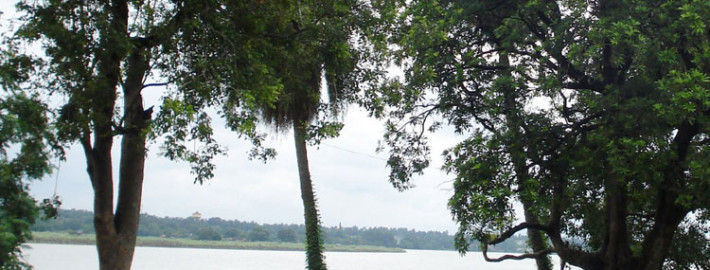
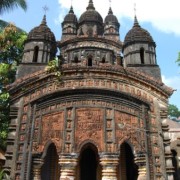
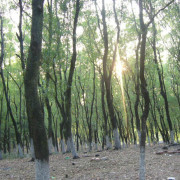
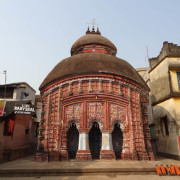
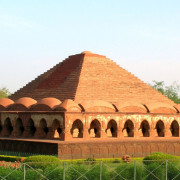
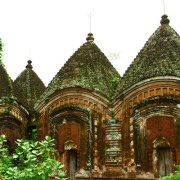
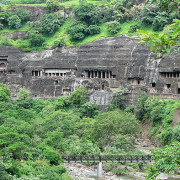
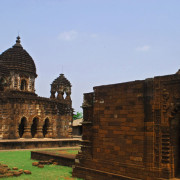
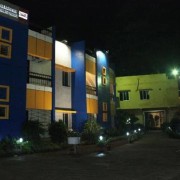


Leave a Reply
Want to join the discussion?Feel free to contribute!